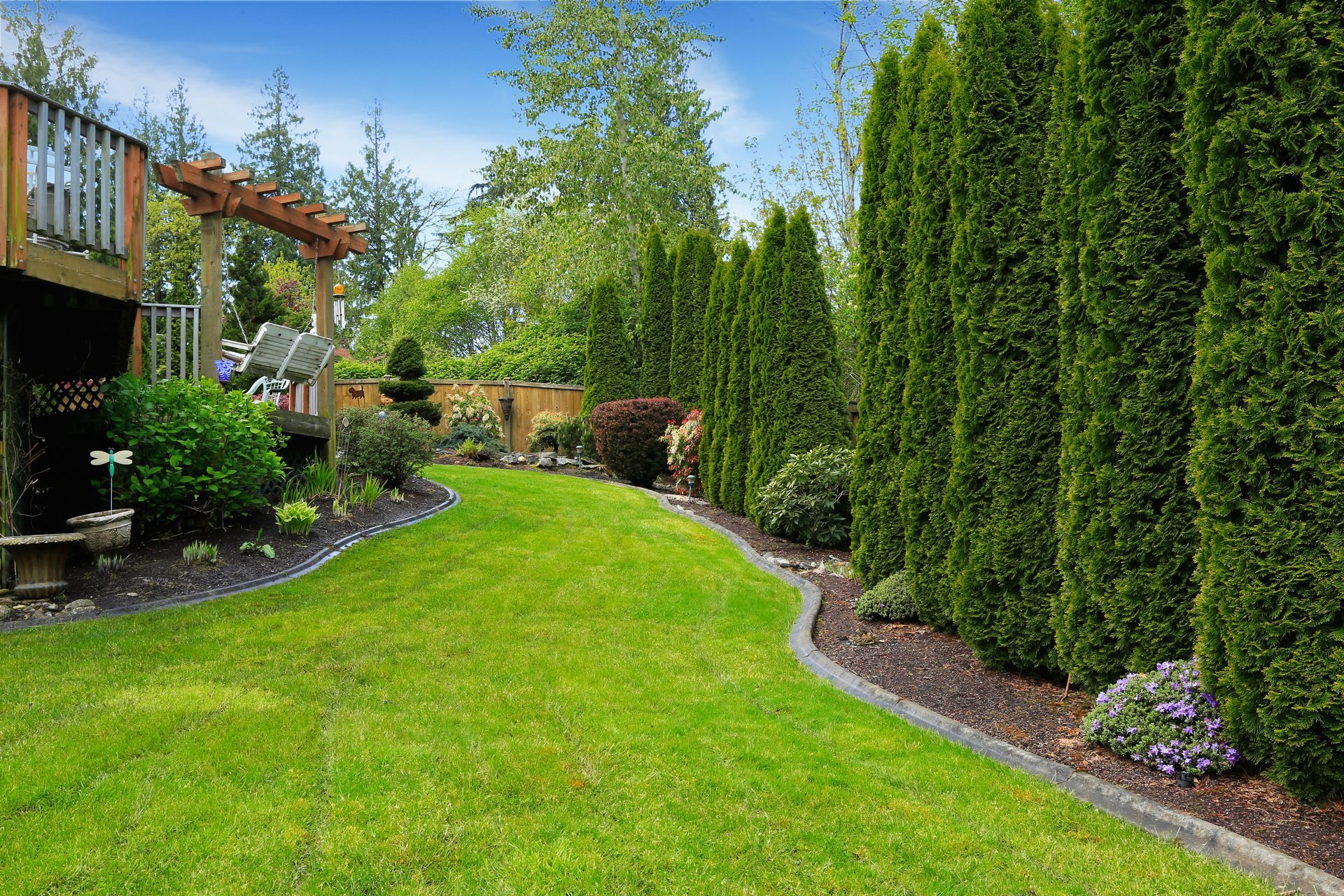November 17, 2025
Creating and maintaining a vibrant, green lawn may seem overwhelming for beginners, especially those with limited experience in plant care and landscape maintenance. But a lush yard isn’t just for seasoned gardeners. With the right approach and consistent practices, anyone can cultivate a healthy outdoor space that boosts curb appeal and provides an inviting environment. Whether you’re a new homeowner or renting a property with a yard, these five foundational tips will help you get started on the path to greener grass and a thriving lawn.
1. Know Your Grass Type Before You Begin
The first step in successful lawn care is identifying your grass type. Different grasses have unique growth habits, seasonal preferences, and care requirements. For example, cool-season grasses like Kentucky bluegrass grow best in northern climates and prefer spring and fall maintenance, while warm-season grasses like Bermuda grass thrive in the South and require summer care routines. Understanding your specific grass variety helps guide decisions about mowing height, fertilization, and watering frequency. If you're uncertain, consider contacting local lawn care services that can identify the type for you and recommend tailored solutions. Knowing what you're working with lays the groundwork for all other lawn care efforts.
2. Water Deeply, Not Daily
Many beginners make the mistake of overwatering their lawns, assuming that more water means greener grass. In reality, watering too often leads to shallow roots, fungus, and wasteful runoff. Instead, water your lawn deeply but less frequently to encourage strong root development. Aim to water early in the morning when evaporation rates are low and the soil can absorb moisture effectively. According to The Spruce, a typical lawn needs about an inch of water per week, equating to two 30-minute watering sessions. Adjust your schedule based on climate, season, and grass type to maximize efficiency. If in doubt, local lawn care services can help set up smart irrigation systems that support your lawn’s health and sustainability.
3. Feed Your Lawn with Balanced Fertilization
Fertilizing provides your lawn with vital nutrients that may be lacking in the soil, such as nitrogen, phosphorus, and potassium. A balanced fertilization schedule, typically in early spring and late fall, promotes stronger roots, improved color, and better resistance to weeds and pests. However, it's important to follow application guidelines carefully. Over-fertilizing can cause chemical burn, promote disease, and contribute to harmful runoff into waterways. Select a fertilizer that suits your grass type and local climate. If you're unsure, many local lawn care services offer soil testing and customized fertilization plans to ensure your yard receives the nutrients it needs without risking environmental damage.
4. Mow Smart to Encourage Healthy Growth
Mowing your lawn correctly plays a critical role in its overall health. Cutting the grass too short, known as scalping, stresses the plants, reduces root depth, and leaves the lawn vulnerable to weeds. Each grass type has a recommended mowing height—for example, fescue should be kept around three inches, while Bermuda grass does better at one to one and one-half inches, according to our experience. Be sure to maintain sharp mower blades to avoid tearing the grass, which can open the door to pests and disease. Adjusting your mowing practices based on the season and grass type ensures your yard stays thick, green, and resilient.
5. Commit to Routine Maintenance and Aeration
Routine upkeep is the cornerstone of long-term lawn success. One of the most important maintenance tasks is aeration, which involves perforating the soil to allow better air, water, and nutrient flow to the roots. This process, best done in spring or fall, is especially important for compacted or high-traffic lawns. Additional maintenance practices include dethatching, overseeding, and removing weeds. The majority of U.S. homes include a lawn, garden, or outdoor area, whether part of a private yard, rental property, or shared community space. Regular maintenance helps keep these areas looking their best. Homeowners can tackle these tasks themselves or rely on trusted local lawn care services to ensure proper seasonal care and long-term results.
Lawn care doesn’t have to be complex or intimidating. By focusing on five fundamental practices, identifying your grass type, adopting smart watering habits, using fertilizer responsibly, mowing at the right height, and committing to regular maintenance, you can transform your yard into a lush, green haven. These strategies offer a strong foundation for any beginner and can be customized based on your region, yard size, and lifestyle. When in doubt, partnering with professional local lawn care services can provide the guidance and support needed to bring your lawn to life. With time, consistency, and the right care, a greener, healthier yard is well within reach. For expert guidance and dependable results, trust Emerald Green, Inc to help you achieve the vibrant, healthy lawn you’ve always wanted.





